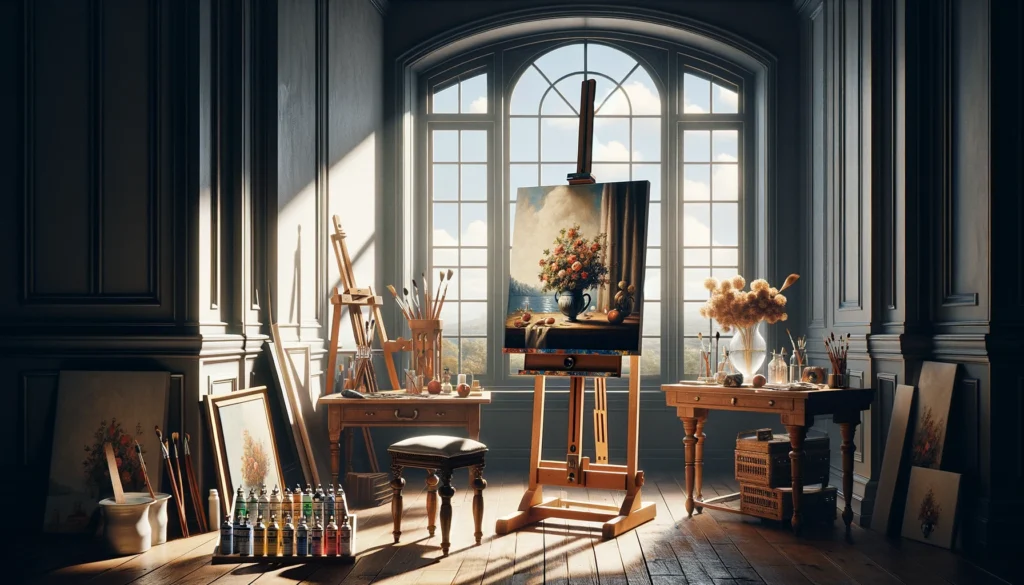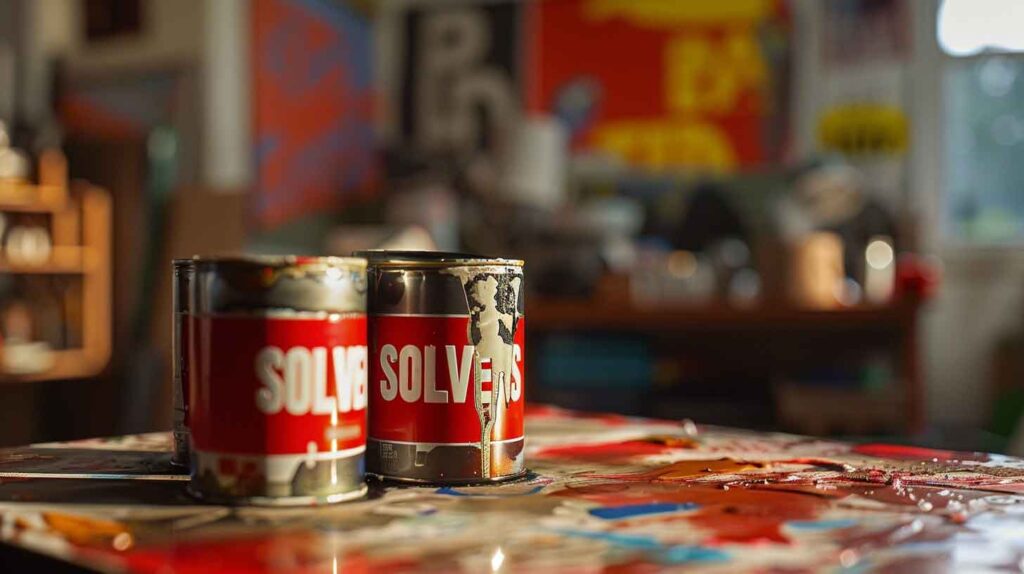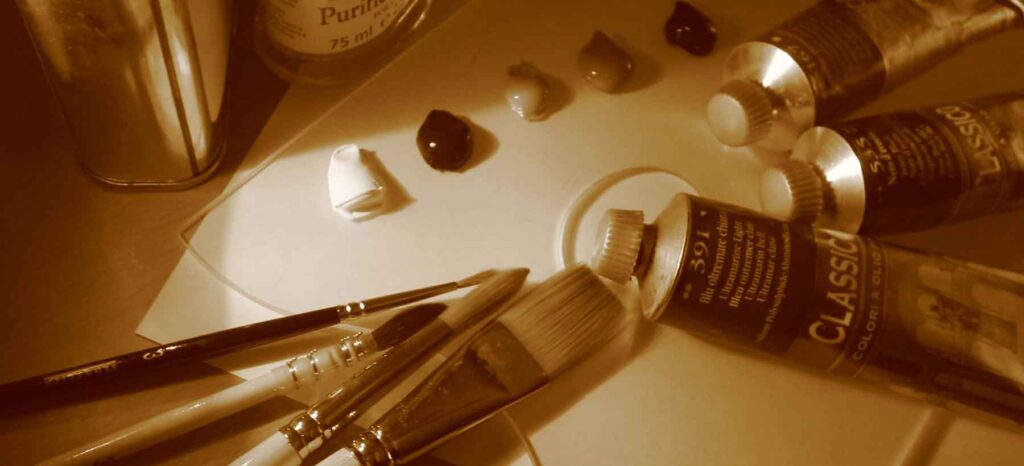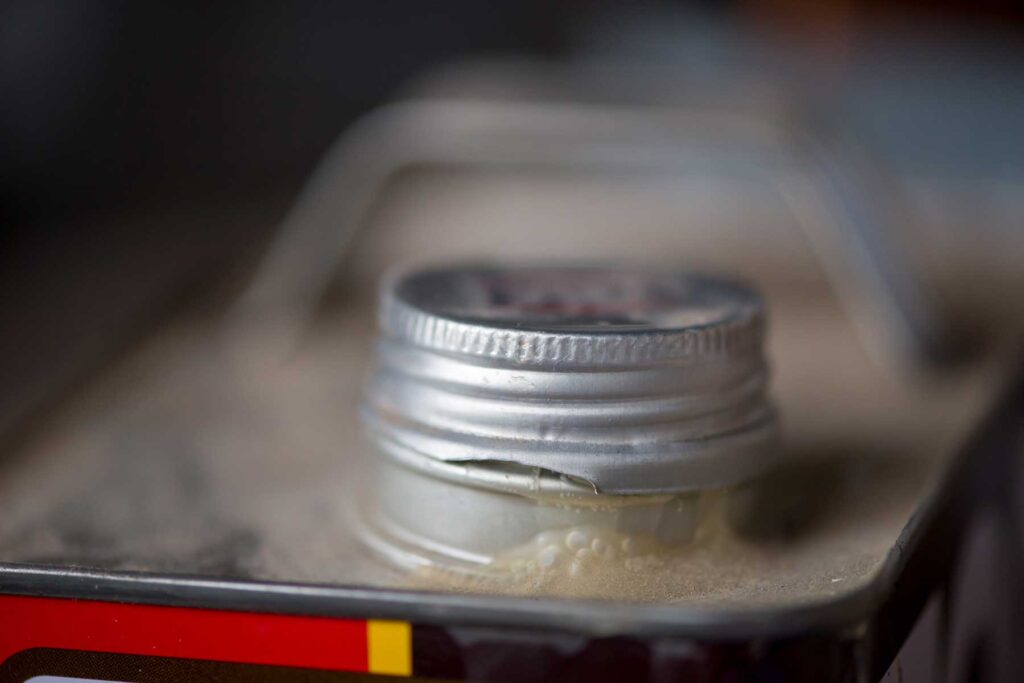
Optimizing Durability in Art: Oil Painting Over Acrylic Grounds
In the intricate world of art creation, the technique of oil painting over acrylic grounds stands out for offering artists both versatility and the promise of enduring beauty. This guide delves deep into the authoritative practices for mastering oil painting over acrylic grounds, aiming to ensure that your artistic expressions are not only visually captivating at the moment of creation but also preserved with integrity for generations to come
Understanding the Foundation: Choosing the Right Supports
The choice of support is crucial for the durability of oil paintings. Rigid panels are superior to flexible supports like canvas due to their ability to reduce movement over time, which is a common cause of wear and degradation in artworks. If canvas is your preferred support, mounting it to a rigid panel or ensuring it is adequately stiffened can significantly enhance the lifespan of your oil paintings. Additionally, incorporating a protective backing board is recommended to provide further stability and protection to flexible supports such as canvas.
Preparing the Ground: Ensuring Acrylic Grounds Are Ready for Oil Paint
Before commencing with oil painting, it’s imperative to ensure that the acrylic ground is completely dry and fully cured. A thin acrylic film requires at least three days to dry, while thicker layers, such as a quarter inch (0.25″ or 6 mm), may need up to three weeks or more, depending on factors such as the substrate and environmental conditions. The drying process can be expedited by maintaining a warm and dry environment with adequate air movement. This preparation step is essential for preventing any issues with adhesion between the oil paint and the acrylic ground.
Selecting Materials: Avoiding Potential Complications
The longevity of oil paintings can be compromised by using soft, spongy, or highly absorbent materials as a ground or an underlayer for oil paint. Acrylic mediums like molding paste, which are soft and fragile, should be avoided as they fail to provide a solid foundation for oil paints. Similarly, highly absorbent surfaces can leach the oil binder from the paint, leading to underbound and fragile films that are prone to cracking or flaking. To mitigate this, artists should either avoid absorbent acrylic grounds or apply acrylic or oil washes to reduce their absorbency before painting.
Environmental Considerations: Maintaining Artwork Stability
Maintaining a stable environment is paramount in minimizing the risk of cracking in oil paint layers as they age. Fluctuations in temperature and humidity should be kept to a minimum, and artworks should be handled and transported with care to avoid unnecessary stress. When rolling paintings is unavoidable, it should be done with the painted surface facing outward and wrapped around the largest diameter tube possible to minimize damage.
Adhesion Awareness: Navigating Oil and Acrylic Combinations
While using oil paints over acrylic grounds is generally safe with adherence to the above guidelines, reversing this order by applying acrylics over oil paints or oil grounds is ill-advised. Oil paints create tight, water-resistant films that significantly hinder the adhesion of acrylics, leading to potential longevity issues for the artwork.
By following these recommendations, artists can confidently utilize oil over acrylic techniques, ensuring their creations are not only visually stunning but also durable and stable over time. This guide aims to empower artists with the knowledge and best practices to make informed decisions about their materials and techniques, fostering an environment of creativity and preservation in the art community.







Does this mean it would be acceptable to do the underpainting with acrylics? Or are acrylic paints chemically much different than acrylic grounds so it is not advisable?
At the end of the article, we explain that “applying acrylics over oil paints or oil grounds is ill-advised.” However, there are conditions when this advice can be disregarded. We will discuss this topic in a future article.